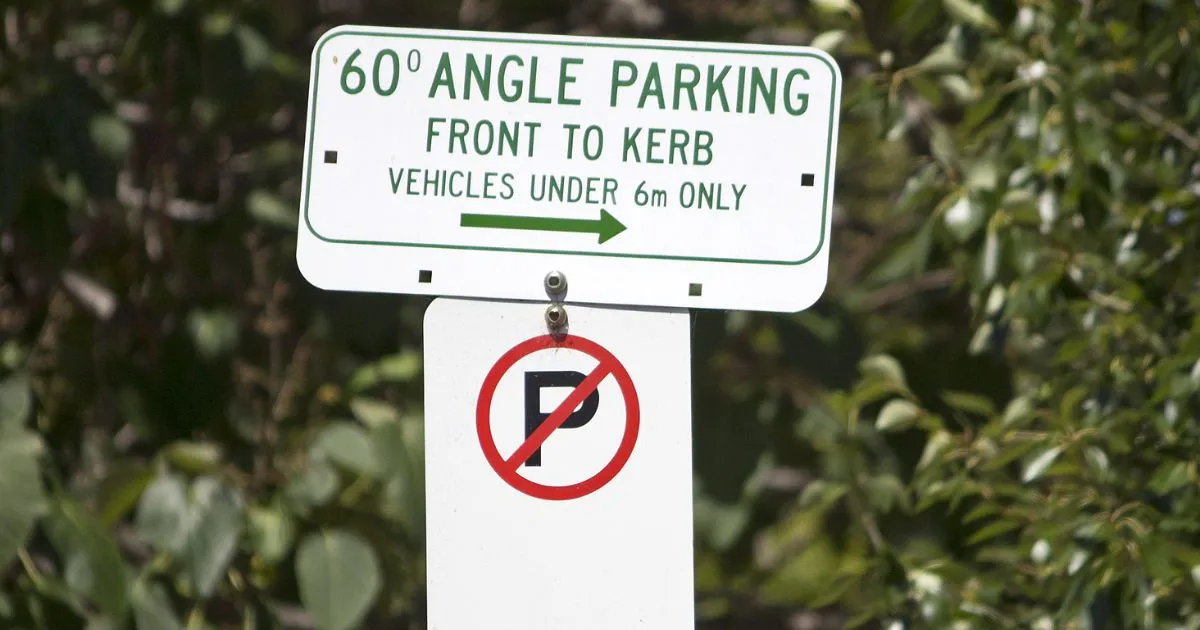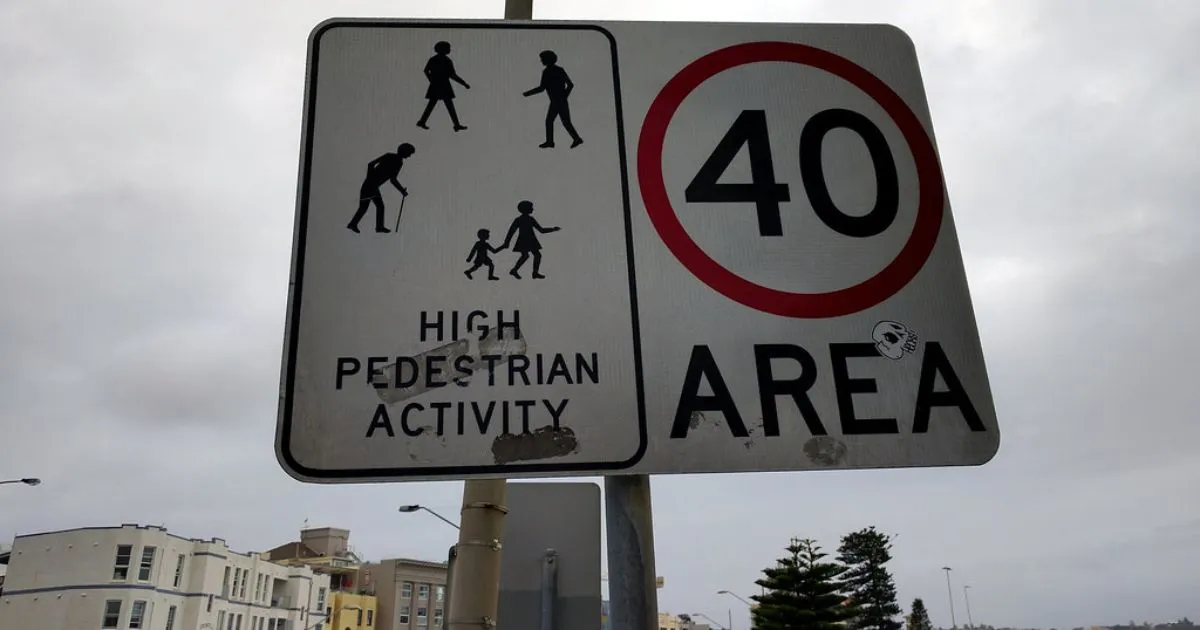Comprehensive Guide to Understanding Parking Signs
Navigating through Australian cities and finding a suitable parking spot or garage space can be challenging, especially when faced with a bewildering array of parking signs. Whether you're a new driver, visitor, or even a seasoned motorist, understanding parking signage is crucial to avoid fines and ensure smooth urban mobility. As Australia's urban centres continue to grapple with rising density, the pressure on parking infrastructure has intensified significantly. Studies indicate that up to 30 per cent of urban traffic stems from vehicles circling as drivers search for available parking, contributing to congestion and emissions. This comprehensive guide aims to demystify Australian parking signs, helping you navigate the complexities of urban parking with confidence and ease.
Common Types of Parking Signs in Australia
Australia features a standardised system of parking signs that are consistent across states and territories, though local variations may exist. The most frequently encountered signs include timed parking restrictions (1P, 2P, etc.), no stopping zones, loading zones, and permit-only areas. Each sign uses specific colours and symbols to convey information quickly - red for prohibitions, green for permissive parking, and yellow for conditional restrictions. According to recent research by the South Australian Government, understanding these basic sign categories can reduce parking infringements by up to 40%. When approaching a parking lot or station facility, always scan for multiple signs that may apply to the same space.
- Red signs typically indicate prohibitions (No Parking, No Stopping)
- Green signs show permissive parking with time limits
- Yellow signs indicate special restrictions or permit zones
- Blue signs generally mark disability parking spots

Time and Duration Restrictions Explained
Time-restricted parking signs are among the most common yet frequently misunderstood elements of Australia's parking management system. These signs indicate the maximum duration you can park in a particular spot and may vary according to the time of day or day of the week. For example, "2P 8am-6pm Mon-Fri" means you can park for a maximum of two hours between 8am and 6pm on weekdays, with unrestricted parking at other times. Many drivers fail to notice the specific operational hours, leading to unnecessary fines. In high-density urban centres, these time restrictions are crucial for ensuring turnover of parking spaces in commercial areas and preventing commuters from occupying valuable spaces all day.
"UbiPark's research shows 34.5 per cent of West Aussies have received an infringement because they misread a sign," as per The West Australian, a trusted newspaper.
Understanding Permit Zones and Special Parking Areas
Permit zones represent a significant portion of Australia's urban parking strategy, designed to prioritise parking for residents, businesses, or specific service providers. These areas are typically marked with signs indicating "Permit Zone" or "Permit Holders Excepted" and may be in effect continuously or during specific hours. Recent data from urban centres shows that permit zones constitute up to 35% of all on-street parking availability in residential areas near commercial districts. Special parking areas also include loading zones, taxi stands, bus zones, and disability parking spaces, each with their own distinct rules and permitted users.
- Resident Permit Zones: Reserved for local residents with valid permits
- Business Parking Permits: Allocated for local businesses and their clients
- Special Use Zones: Including motorcycle parking, electric vehicle charging stations, and car-share spaces
Understanding the different permit types and their applicability can save significant time and money when parking in unfamiliar areas.

How to Interpret Confusing or Combined Parking Signs
Many Australian parking areas feature multiple signs that apply to the same parking space or street section, creating potential confusion. When faced with multiple signs, always read from top to bottom, with the topmost sign taking precedence during its specified hours. Pay particular attention to arrow indicators, which show exactly where restrictions begin and end. Signs without arrows apply to the entire length of the road section until the next intersection or contradicting sign.
"The key to stress-free parking is understanding that signs work together in a hierarchy, not in isolation," notes Daniel Battaglia in Parking Made Easy: Making Life Easier.
Recent innovations in digital parking signage are helping to simplify these complexities, with electronic displays that adjust in real-time to show only the currently applicable restrictions. Research from Melbourne indicates that clear, simplified signage can reduce parking violations by up to 22% and improve traffic flow in busy urban centres.
Parking Sign Compliance and Enforcement in Australia
Understanding enforcement practices is essential for any comprehensive guide to parking signs. In Australia, parking enforcement is primarily managed by local councils and private operators in parking garages and shopping centre facilities. Fines vary significantly between jurisdictions, ranging from $65 to over $500 for serious violations. According to SenSen's research on parking technologies, AI-powered enforcement systems are increasingly being implemented across Australian cities, with automated monitoring that can detect violations immediately and notify authorities.
These smart parking technologies are transforming enforcement from a manual process into a consistent data-driven approach. The parking services industry in Australia is valued at approximately $1.9 billion, with significant investment in technologies that improve both compliance and user experience.

Conclusion and Final Thoughts
Mastering the language of Australian parking signs is an essential skill for anyone navigating our increasingly congested urban centres. By understanding the colour coding, time restrictions, permit systems, and how multiple signs interact, you can avoid costly fines while contributing to more efficient use of our limited parking infrastructure and resources. Remember that parking regulations aren't arbitrary restrictions – they're designed to ensure fair access to limited resources while reducing congestion.
Sign up for free parking alerts, which notify you when your time is about to expire or when special restrictions apply in your area. Have you encountered particularly confusing parking signs? Share your experiences below or contact us with suggestions for future guides!
**Daniel Battaglia, ParkingMadeEasy.com.au:** As part of the ParkingMadeEasy.com.au team with the assistance of Generative AI, Daniel Battaglia offers his experience in the car parking industry. He is dedicated to providing valuable information and resources to help you make smart parking choices and has been widely quoted in national media outlets. Connect with Daniel directly at daniel@parkingmadeeasy.com.au for further assistance.






